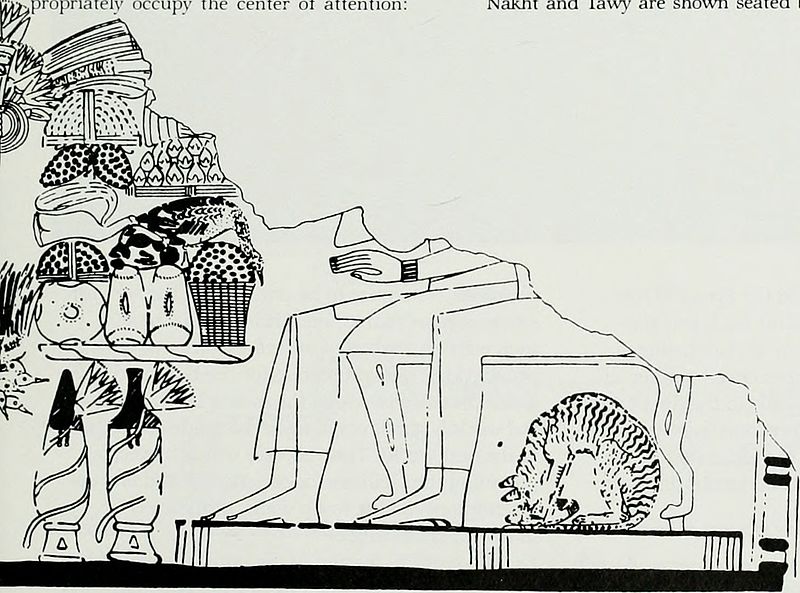File:Ancient Egypt ((198-)) (18006984788).jpg

Original file (1,470 × 1,090 pixels, file size: 300 KB, MIME type: image/jpeg)
Captions
Captions
Summary[edit]
| DescriptionAncient Egypt ((198-)) (18006984788).jpg |
English: Title: Ancient Egypt |
| Date | |
| Source |
https://www.flickr.com/photos/internetarchivebookimages/18006984788/
|
| Author | Internet Archive Book Images |
| Permission (Reusing this file) |
At the time of upload, the image license was automatically confirmed using the Flickr API. For more information see Flickr API detail. |
| Flickr tags InfoField |
|
| Flickr posted date InfoField | 28 May 2015 |
Licensing[edit]
| Public domainPublic domainfalsefalse |
This work is in the public domain because it was published in the United States between 1978 and March 1, 1989 without a copyright notice, and its copyright was not subsequently registered with the U.S. Copyright Office within 5 years. Unless its author has been dead for several years, it is copyrighted in the countries or areas that do not apply the rule of the shorter term for US works, such as Canada (50 pma), Mainland China (50 pma, not Hong Kong or Macau), Germany (70 pma), Mexico (100 pma), Switzerland (70 pma), and other countries with individual treaties. See this page for further explanation.
Deutsch ∙ English ∙ español ∙ français ∙ italiano ∙ 日本語 ∙ 한국어 ∙ македонски ∙ português ∙ português do Brasil ∙ русский ∙ sicilianu ∙ slovenščina ∙ 中文 ∙ 中文(简体) ∙ 中文(繁體) ∙ 中文(臺灣) ∙ +/− |
This image was taken from Flickr's The Commons. The uploading organization may have various reasons for determining that no known copyright restrictions exist, such as: No known copyright restrictionsNo restrictionshttps://www.flickr.com/commons/usage/false
More information can be found at https://flickr.com/commons/usage/. Please add additional copyright tags to this image if more specific information about copyright status can be determined. See Commons:Licensing for more information. |
| This image was originally posted to Flickr by Internet Archive Book Images at https://flickr.com/photos/126377022@N07/18006984788. It was reviewed on 12 September 2015 by FlickreviewR and was confirmed to be licensed under the terms of the No known copyright restrictions. |
12 September 2015
File history
Click on a date/time to view the file as it appeared at that time.
| Date/Time | Thumbnail | Dimensions | User | Comment | |
|---|---|---|---|---|---|
| current | 05:03, 12 September 2015 |  | 1,470 × 1,090 (300 KB) | Fæ (talk | contribs) | == {{int:filedesc}} == {{subst:chc}} {{information |description={{en|1=<br> '''Title''': Ancient Egypt<br> '''Identifier''': ancientegypt00fiel ([https://commons.wikimedia.org/w/index.php?title=Special%3ASearch&profile=default&fulltext=Search&search=in... |
You cannot overwrite this file.
File usage on Commons
There are no pages that use this file.
